This post may contain affiliate links. For full information, please see our disclaimer here and our Privacy Policy here.
Welcome to the Solo Female Travel Safety Tips and Advice page for Antigua & Barbuda!
This page is brought to you by Solo Female Travelers Tours, our curated small group trips for women, by women.
On this page you will find first-hand, unbiased, and real safety tips, advice and reviews from women traveling solo, submitted directly from their personal experiences in the country.
Their opinions are unfiltered and submitted independently as part of the Solo Female Travel Safety Index, a ranking of 210 countries and regions based on how safe they are for women traveling solo.
The safety scores range from 1 to 4 with 1 being the safest and 4 being the most dangerous for solo female travelers.
You don’t need to login to read the below reviews. But do sign up or login to share your solo travel experiences, country safety rating and comments.
Jump straight to: Travel Tips | About the Index | Resources I Leave a Review
MAKE A DIFFERENCE – LEAVE YOUR SAFETY REVIEWS!
We can make the world a safer place for women traveling solo together. Sign up to our portal and leave your reviews NOW. Share your experience with other solo female travelers and help us empower more women through travel.
Antigua & Barbuda Country data
We have compiled a few data points below that can help you better understand Antigua & Barbuda and have more context when thinking about travel safety.
Official country name: Antigua and Barbuda.
Etymology: "Antiguo" is Spanish for "ancient" or "old". The island was discovered by Christopher Columbus in 1493 and, according to tradition, named by him after the church of Santa Maria La Antigua (Old Saint Mary's) in Seville; "barbuda" is Spanish for "bearded" and the adjective may refer to the alleged beards of the indigenous people or to the island's bearded fig trees.
Country map
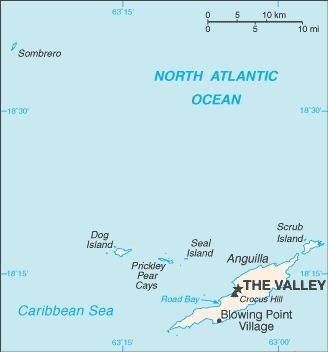
Locator map
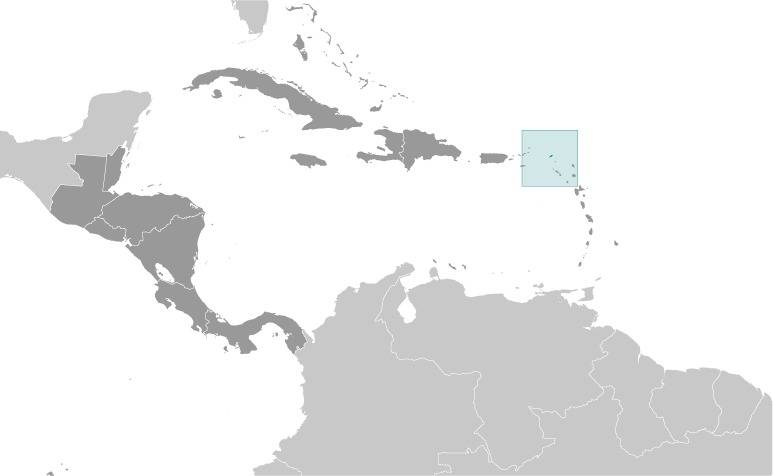
Flag
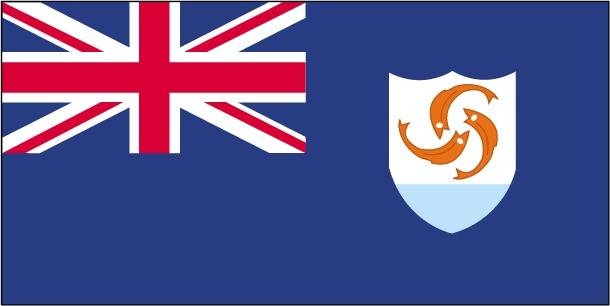
Capital: Saint John's.
Independence / foundation: Early Spanish and French settlements were succeeded by an English colony in 1667. Slavery, established to run the sugar plantations on Antigua, was abolished in 1834. The islands became an independent state within the British Commonwealth of Nations in 1981.
Population: 101,489
Currency: East Caribbean Dollar (XCD)
1 USD = 2.70 XCD
1 EUR = 2.90 - 2.96 XCD
Time zone: UTC-4
Languages spoken: English (official), Antiguan creole.
Religions: Protestant 68% (Anglican 18%, Seventh Day Adventist 12%, Pentecostal 12%, Moravian 8%, Methodist 6%, Wesleyan Holiness 4%, Church of God 4%, Baptist 4%), Roman Catholic 8%, other 12%, unspecified 6%, none 6%.
Climate: Tropical maritime. Little seasonal temperature variation.
Real GDP (ppp – purchasing power parity): $2 billion.
Real GDP per capita (ppp): $22,300.
Main airports: V.C. Bird International Airport.
World heritage sites in Antigua & Barbuda
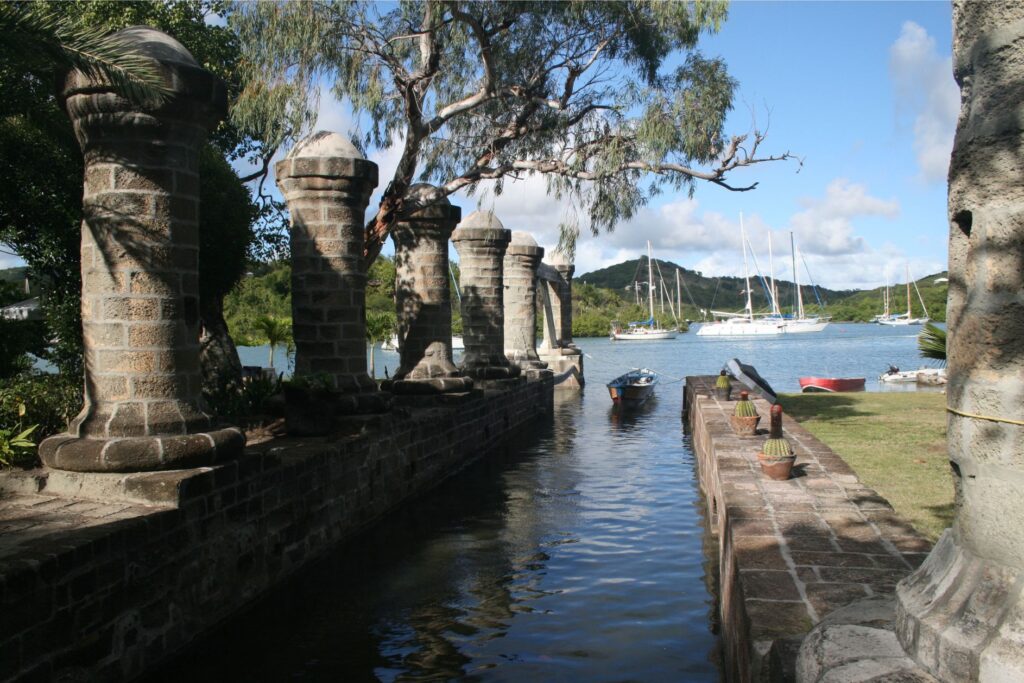
There are over 1,100 world heritage sites spread across more than 165 countries. New ones are added every year, and some may be removed from the list for various reasons.
Number of UNESCO listed sites: 1.
Top world heritage sites:
Antigua Naval Dockyard.Interesting facts about Antigua & Barbuda
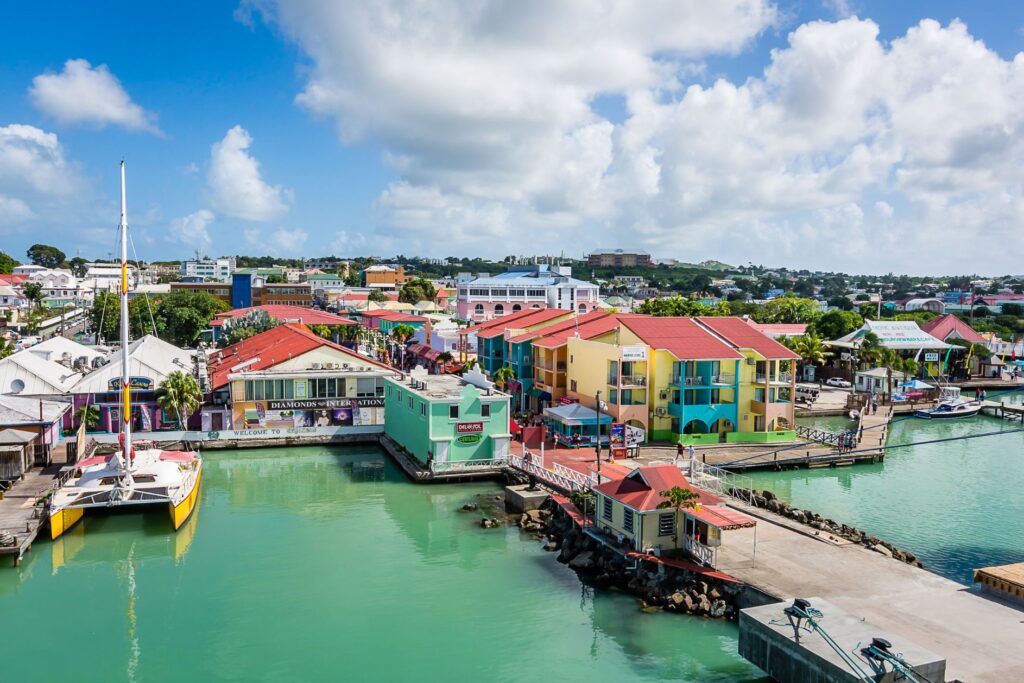
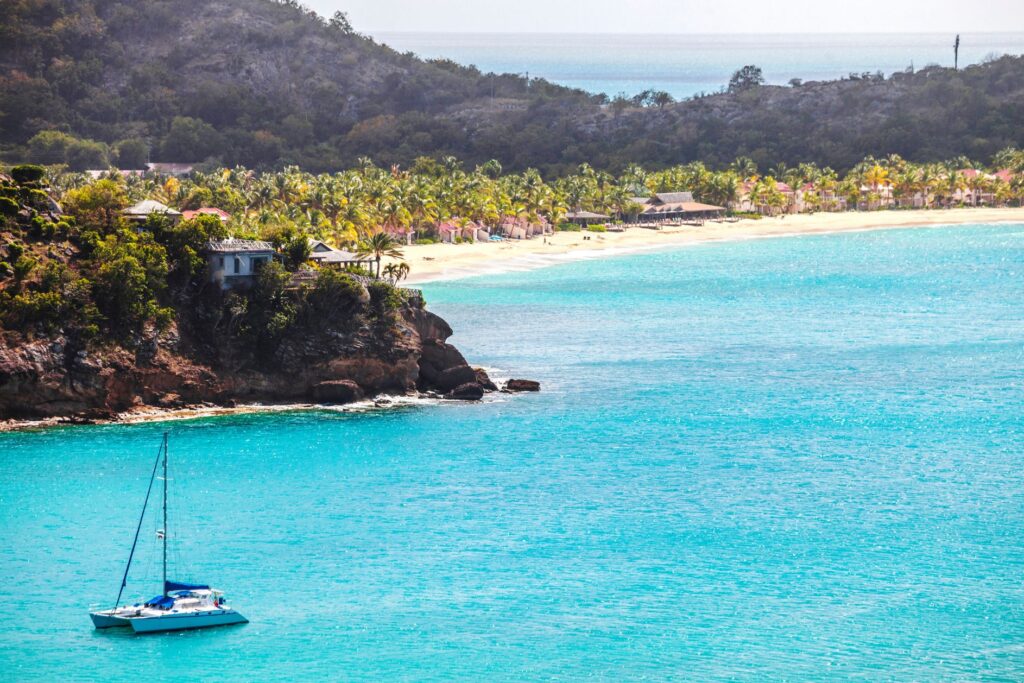
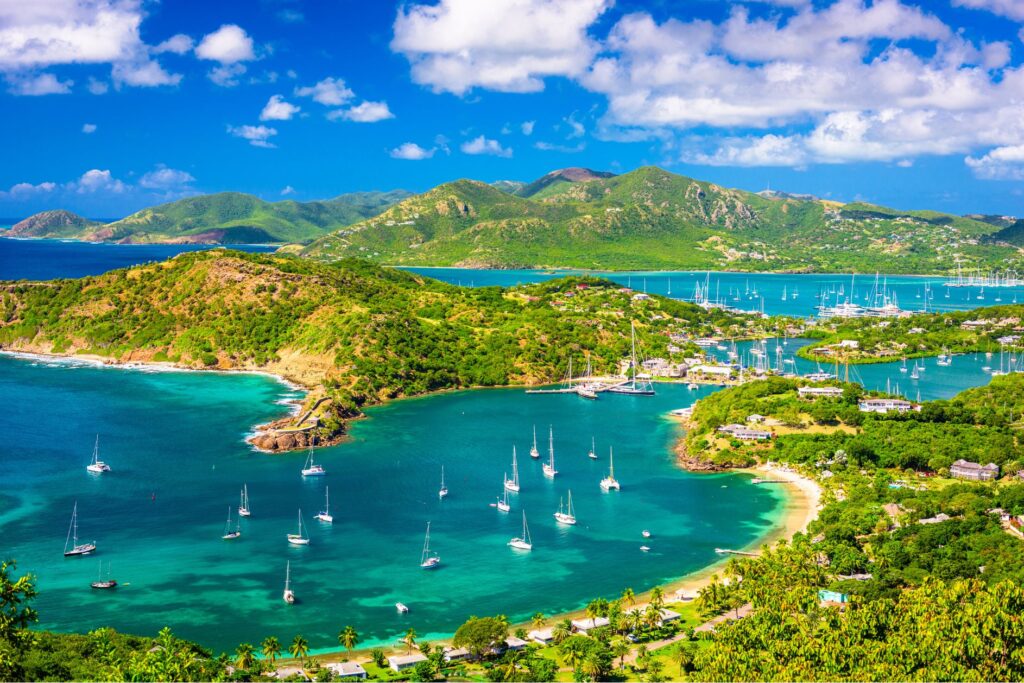
- The country's largest peak (402 m) was named Mount Obama, after US former president Barack Obama.
- There are no rivers or lakes in Antigua, this is why droughts occur frequently.
- Antigua & Barbuda has 365 beaches, one for every day of the year.
- This is one of the smallest nations in the world. It's land area is about 2.5 times the size of Washington D.C.
Further reading: N/A.
Antigua & Barbuda Travel tips
Socket type: A / B. Guide to socket types.
Weekend days: Saturday and Sunday.
Driving: Cars drive on the Left.
Local taxi apps: Hannk, Welcome Pickups.
Travel Guides: Lonely Planet.
Languages spoken: English (official), Antiguan creole.
Basic words and phrases in the main language:
N/A, English is an official or widely spoken language.Find a hotel in Antigua & Barbuda
Booking.comBook tours and activities:
More about Antigua & Barbuda on Solo Female Travelers
Coming soon.Did you spot any errors? We do our best to keep this information updated and accurate, but things change. If you saw anything that is not right, let us know so we can fix it: [email protected].
About the Solo Female Travel Safety Index
Safety matters to solo female travelers, you told us so in our annual Solo Female Travel Survey, where year after year, women prove that this is their most important concern when traveling solo.
We wanted to do something about it, so we built these country-specific pages where you can find reviews and scores for 7 key variables affecting the safety of women traveling solo.
Variables
- Risk of scam
- Risk of theft
- Risk of harassment
- Attitudes towards women
- UK Travel Advisory
- US Travel advisory
- Global Peace Index (GPI)
Informing OSAC
The Solo Female Travel Safety Score is used by the Overseas Security Advisory Council for including safety concerns for women travelers in their country security reports; OSAC is a partnership between the U.S. Department of State and private-sector security community.
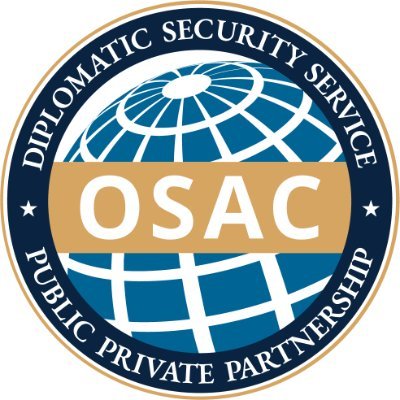
How to use the Safety Index
On this page, you will find the country score and the personal opinions on safety of other women traveling solo.
You can sort the comments by:
- The level of experience traveling solo of the reviewer (beginner = <5 trips solo, Intermediate = 5 to 10 trips solo, Experienced = >10 trips solo).
- The age of the traveler.
- Whether they are a visitor or local.
- The date they were posted.
The safety scores range from 1 to 4 with 1 being the safest and 4 being the most dangerous for solo female travelers.
Thus, the lower the score, the safer the country.
Looking for more safety resources?
This entire website is devoted to helping women travel solo. Check out the links below to learn more:
Solo Female Travel Stats: Results from the the largest, most comprehensive and only global research study on solo female travel trends, preferences and behaviors published.
Thanks to Jacobo Vilella for creating the Solo Female Travelers Safety Index ❤️






